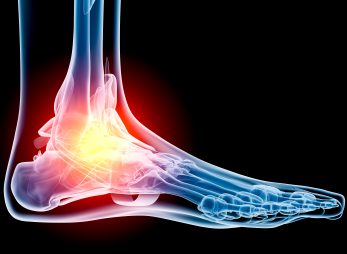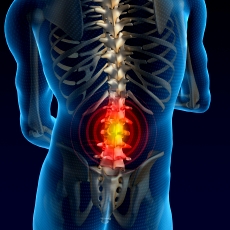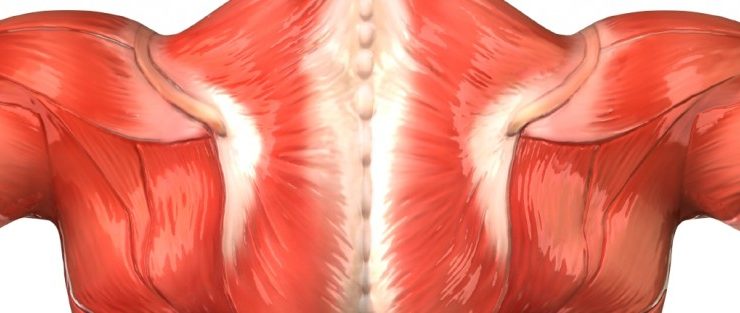If we have prescribed specific exercises for you then use this section to remind yourself how to do them.
Likewise, your GP or other health professionals may have directed you to this site and recommended certain exercises. Anyone is welcome to use this resource but you do so at your own risk. While the exercises are designed for most people to do, we are only responsible for our patients, who we have examined and recommended specific exercises.
We commonly advise stretching exercises first for mobility and pain reduction.
As pain reduces we prescribe strengthening or coordination exercises to rehabilitate the condition/injury and reduce the likelihood of a relapse. It is often helpful to start by rehabilitating the core and postural muscles even when a limb has been injured.
As a general rule if an exercise causes pain afterwards do not continue doing it and seek advice, we will be happy to advise you if you are unsure Contact Us
Many of the exercises are graded in levels, start at level one, when it is easy, progress to the next level.
Research
1) NICE Guidelines: CG88 Low Back Pain. Quick Reference Guide.
2) Clinical practice implications of the Bone and Joint Decade 2000-2010 Task Force on Neck Pain and Its Associated Disorders: from concepts and findings to
recommendations. Guzman J, Haldeman S, Carroll LJ, et al. Spine 2008;33(4 Suppl):S199-213
3) Vestibular rehabilitation therapy, A Summary. Neurophysiologie Clinique/Clinical Neurophysiology, Volume 38, Issue 6, December 2008, Pages 479-487 Boyer, F.C.; Percebois-Macadre, L.; Regrain, E.; Leveque, M.; Taiar, R.; Seidermann, L.;
Belassian, G.; Chays, A.
Ankle, Foot & Calf

Core Rehabilitation 1

Core Rehabilitation 2

Core Rehabilitation with Gym Ball

Hand & Arm

Hip Exercises

Knee Exercises

Low Back Stretching Exercises

Shoulder Mobilising Exercises

Shoulder Strengthening Exercises

Upper Back Mobilising

Upper Back Strengthening


